A tomb filled with rare jewelry unearthed in Spain has led archaeologists to hypothesize about women’s rule in the Bronze Age.
Last week, a new study in the field of archeology published in the journal Antiquity (UK) attracted attention when providing evidence showing the rule of women in Europe during the Bronze Age.
Accordingly, in 2014, during the excavation of the La Almoloya ruins in Murcia, Spain, researchers discovered two sets of remains, one male and one female, about 3,700 years old buried together. together in a ceramic vase on the floor of a room. Buried with them were 29 highly valuable objects.
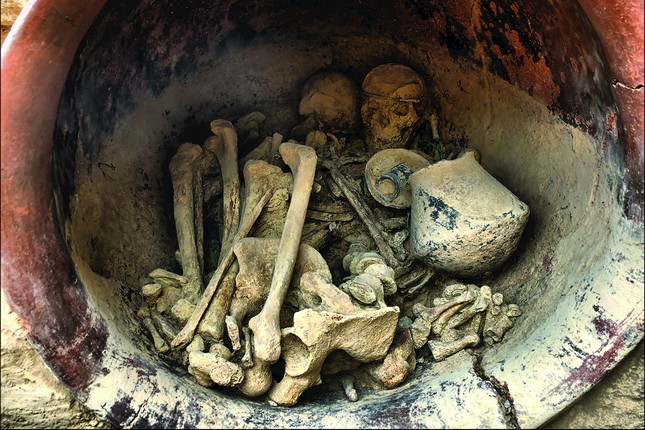 Two 3,700-year-old remains were discovered in ruins in Spain.
Two 3,700-year-old remains were discovered in ruins in Spain.
The woman died in her 20s, possibly from tuberculosis. This person lies on his back, his legs bent towards the man. When he was alive, this person had a birth defect. On the remains, archaeologists found a series of silver jewelry such as hair bands, earrings, bracelets, rings and most notably a crown…
Meanwhile, the man is in his 30s. When he died, this person wore a gold earring. The silver ring fell off his finger, lying near the man’s back. Next to the man’s remains was a bronze dagger, attached with four silver rivets.
The couple died at the same time in the mid-17th century BC. Genetic analysis results showed that the two had children together, of which a daughter was buried elsewhere in the ruins.
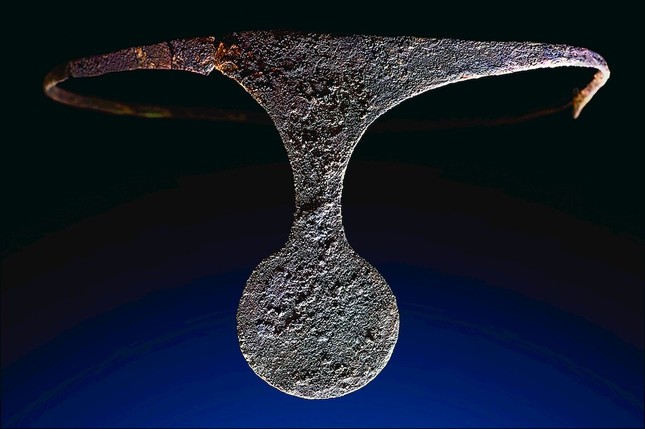 Silver crown placed on the head of the female remains.
Silver crown placed on the head of the female remains.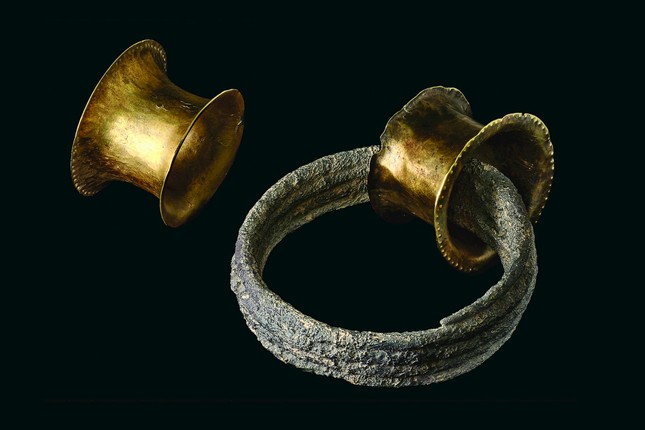
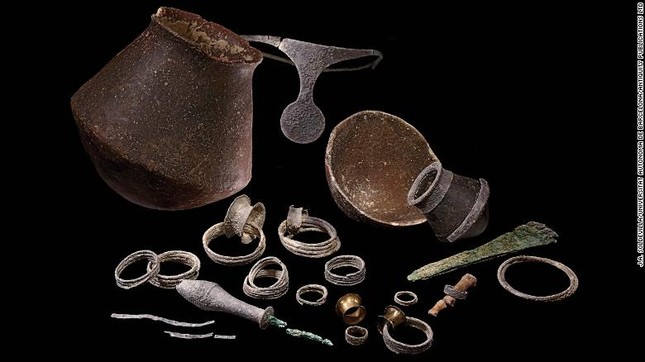 Precious jewelry buried with two remains.
Precious jewelry buried with two remains.
From the precious jewelry, the research team determined that the couple appeared to be members of the El Argar upper class – Bronze Age civilization. Women are likely to play a more important role politically than men. The location where the remains were found was a room in a large building, apparently used for both living and political activities. The research team also calls the room with benches for about 50 people “parliament”. According to the research team, this place is likely a palace. The building burned down not long after the two people were buried.
The discoveries at La Almoloya gradually reveal unexpected political aspects of the Bronze Age in Europe. Accordingly, women hold political power. Meanwhile, men played the role of warriors, managing weapons and expanding their territories.
When comparing the tomb found at La Almoloya with four tombs from different mausoleums of the El Argar civilization, archaeologists found that they were all very similar and very valuable, despite being hundreds of kilometers apart. . This meant that symbols of political power remained intact throughout the vast territory.
“In El Argar society, women of the ruling class were buried with crowns. Meanwhile, the men were buried with swords and daggers. The items buried with the men were fewer in number and of poorer quality. Because swords represent the most effective tool for consolidating political decisions, El Argar men may play an executive role, even though real power lies in the hands of women,” study co-author said Cristina Rihuete.
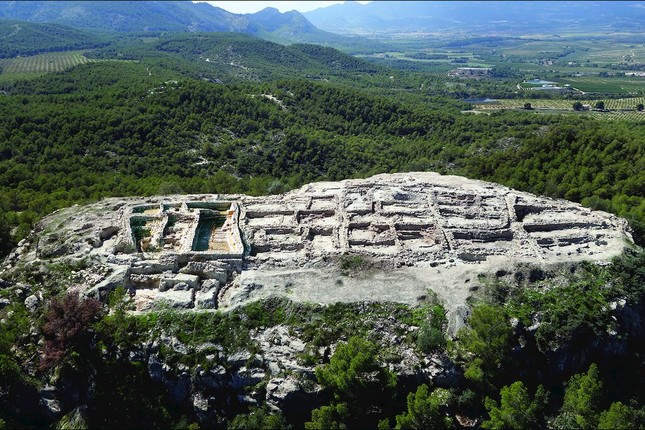 La Almoloya ruins.
La Almoloya ruins.
La Almoloya was first discovered in 1944. This is said to be the cradle of El Argar society, which flourished from 2200 – 1500 BC. They were one of the first civilizations in the region to use copper, build cities, and erect monuments. El Argar is also considered an early example of a class-based state, with divisions of wealth and labor.





